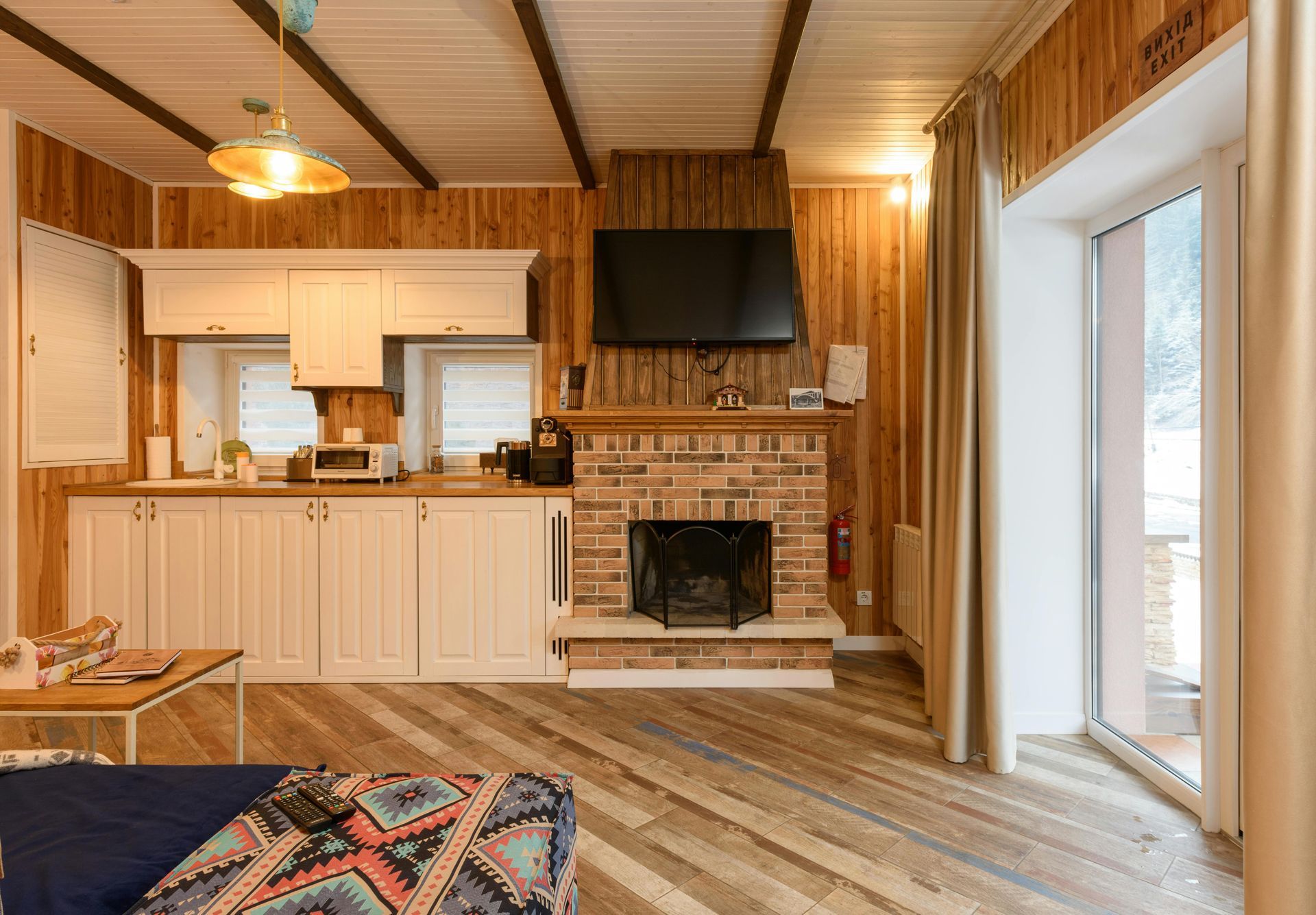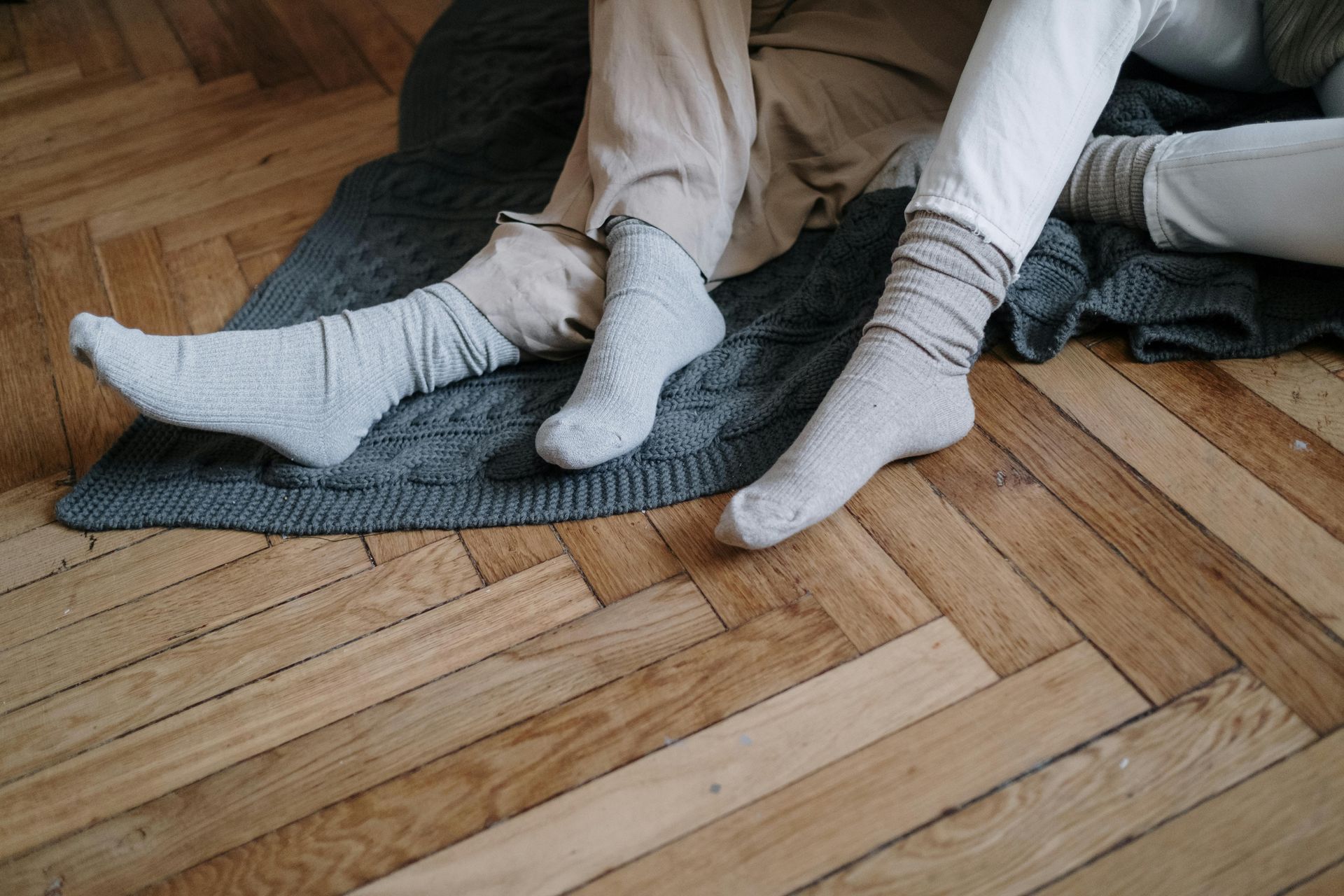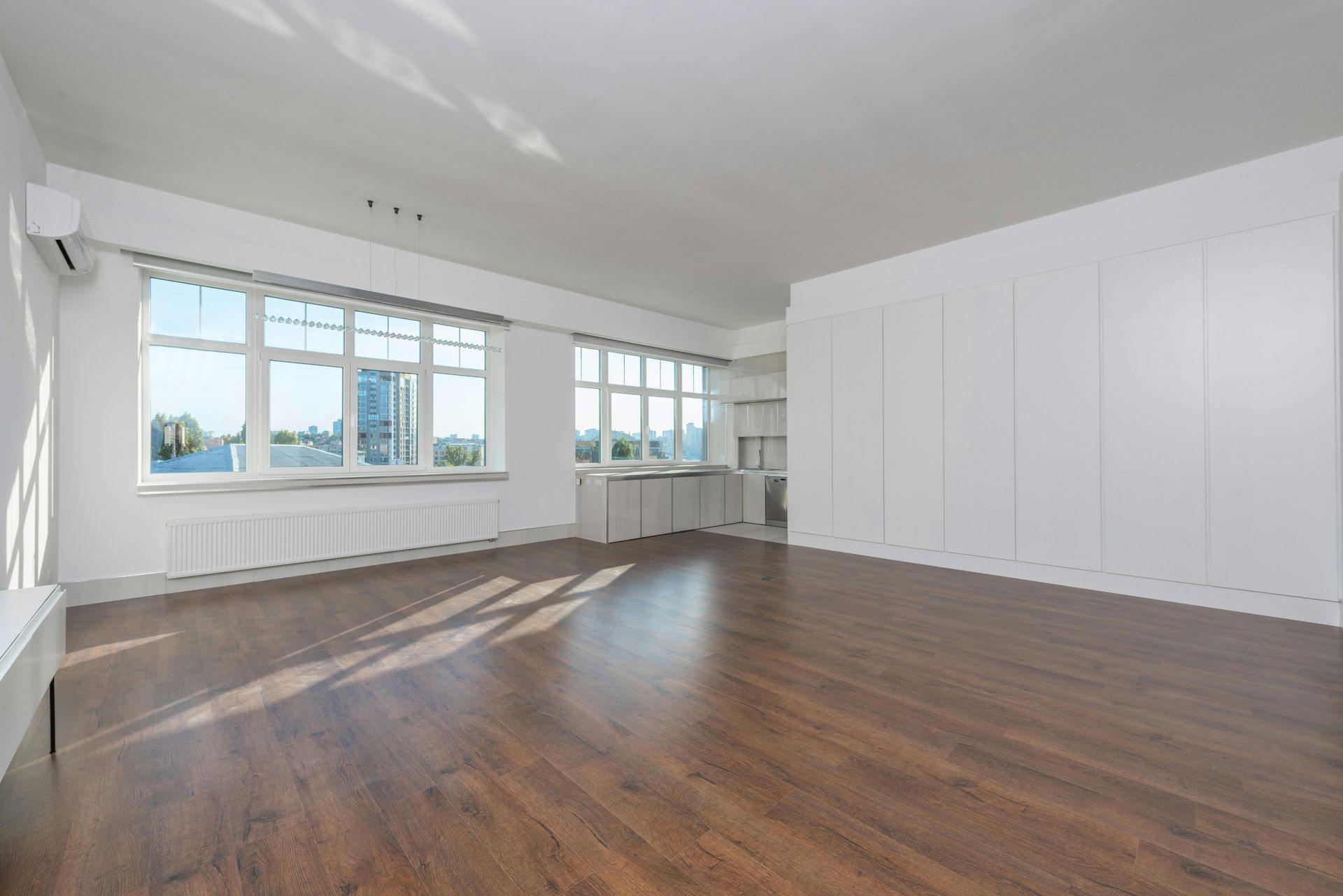Benefits of Laminate Flooring in Wisconsin

When it comes to choosing the right flooring for your home or business in Wisconsin, laminate flooring is an increasingly popular option. Known for its affordability, durability, and aesthetic appeal, laminate flooring offers many benefits that make it a great choice for those looking to enhance the beauty and functionality of their space.
In this blog, we’ll dive into the many advantages of laminate flooring in Wisconsin, including its performance in local weather conditions, its wide variety of styles, and why it’s an excellent investment for homeowners and businesses alike.
What is Laminate Flooring?
Laminate flooring is a synthetic flooring material made up of several layers that are fused together through a lamination process. It typically consists of four main layers:
- Wear Layer – A transparent, protective layer that guards against stains, scratches, and damage.
- Design Layer – This layer features a high-resolution image of wood, stone, or tile, giving the laminate its realistic appearance.
- Core Layer – Made of high-density fiberboard (HDF) or medium-density fiberboard (MDF), this layer provides the floor with stability and durability.
- Backing Layer – A moisture-resistant layer that protects the plank from warping.
Laminate flooring is designed to look like traditional hardwood, stone, or tile flooring but at a fraction of the cost, while offering impressive resilience to wear and tear.
Related Article: Why Laminate Flooring is Ideal for Your Home in Wisconsin
Benefits of Laminate Flooring in Wisconsin
1. Durability for High Traffic Areas
One of the most significant benefits of Laminate Flooring in Wisconsin is its durability, especially in high-traffic areas. The wear layer protects the surface from scratches, dents, and general wear, making it perfect for homes with pets, children, or frequent foot traffic. Laminate flooring can stand up to everyday challenges while maintaining its beauty.
2. Moisture Resistance
Wisconsin experiences a wide range of weather conditions, from snowy winters to humid summers. Laminate flooring offers moisture resistance, especially when installed with proper underlayment and moisture barriers. While it’s not waterproof, modern laminate products are designed to resist minor spills and humidity changes, making it a good choice for kitchens, bathrooms, and basements when appropriately installed.
3. Cost-Effectiveness
If you’re looking for an affordable flooring option that mimics the look of hardwood or stone, laminate flooring is a perfect solution. Laminate tends to be significantly less expensive than solid hardwood or natural stone while still offering the same aesthetic appeal. For homeowners on a budget, laminate flooring provides the look of luxury without the luxury price tag.
4. Ease of Installation
Laminate flooring features a "click-lock" design, making it a popular choice for DIY projects. The planks are designed to fit together easily, allowing for a floating installation that doesn’t require nails or glue. This also means that it can be installed quickly, reducing labor costs if you hire a professional.
5. Low Maintenance
Maintenance is minimal with laminate flooring. The wear layer helps repel dirt, dust, and stains, making it easy to clean. A simple sweep or vacuum and an occasional damp mop will keep your laminate floors looking pristine. Unlike hardwood floors, there’s no need to sand, refinish, or polish laminate, saving you time and money in the long run.
6. Versatility in Style
One of the most appealing aspects of laminate flooring is the wide variety of styles, colors, and textures available. From classic oak and walnut to exotic species and stone looks, laminate can mimic nearly any type of natural material. This allows homeowners and businesses to find a design that complements their interior décor, without the limitations or expense of natural materials.
7. Environmentally Friendly
Many laminate flooring products are made using eco-friendly practices. The core layer is often made from recycled materials, and the production process typically requires fewer natural resources than the manufacturing of hardwood or stone floors. For environmentally conscious homeowners, laminate flooring is a more sustainable choice.
8. Fade Resistance
With Wisconsin's harsh winters and abundant sunshine in the summer, fading can be a concern for many flooring options. However, laminate flooring is designed to be fade-resistant, which means it will retain its vibrant color even when exposed to sunlight over time. This makes it ideal for rooms with large windows or spaces that get a lot of natural light.
9. Hypoallergenic
If you or anyone in your family suffers from allergies, laminate flooring is a good option. Its hard, smooth surface makes it difficult for dust, dirt, and allergens to accumulate. Additionally, laminate doesn’t require chemical treatments like carpeting does, reducing the presence of allergens and providing a healthier environment for those sensitive to airborne particles.
10. Long-Lasting Beauty
Laminate flooring’s advanced manufacturing techniques ensure that the floors look stunning for years. With proper care and maintenance, your laminate floors will remain free from scratches, dents, and stains, preserving their appearance for decades. The combination of durability and low maintenance means that laminate floors offer a long-term return on investment.
Why Choose Laminate Flooring in Wisconsin?
Choosing Laminate Flooring in Wisconsin is a practical and stylish solution for homes and businesses across the state. With Wisconsin’s unpredictable weather, having a floor that’s durable, easy to maintain, and moisture-resistant is a huge advantage. Laminate flooring offers all this while being affordable and available in a wide range of styles to suit any aesthetic.
Whether you're remodeling your home, updating an office space, or building a new property, laminate flooring provides an attractive, cost-effective, and durable option that will meet the needs of any Wisconsin resident.
FAQs About Laminate Flooring
What is laminate flooring made of?
Laminate flooring is made of four layers: wear layer, design layer, core layer (usually made of fiberboard), and backing layer.
Is laminate flooring durable?
Yes, laminate flooring is highly durable, especially in high-traffic areas, thanks to its protective wear layer.
Can laminate flooring be installed in kitchens and bathrooms?
While laminate flooring is moisture-resistant, it is not fully waterproof. It can be installed in kitchens and bathrooms if proper underlayment and moisture barriers are used.
How do I clean laminate flooring?
Laminate flooring is easy to maintain. Regular sweeping or vacuuming and occasional damp mopping will keep it clean. Avoid excessive moisture or abrasive cleaning products.
Does laminate flooring fade in sunlight?
Laminate flooring is designed to be fade-resistant, meaning it holds its color well even when exposed to sunlight over time.
Is laminate flooring environmentally friendly?
Yes, many laminate products are made with recycled materials, and the production process typically requires fewer natural resources than hardwood or stone.
How long does laminate flooring last?
With proper care, laminate flooring can last 15-25 years or more, depending on the quality of the material and installation.
Can laminate flooring be installed over existing flooring?
Yes, laminate flooring can often be installed over existing flooring, such as vinyl or tile, provided the surface is level and smooth.
Is laminate flooring good for people with allergies?
Yes, laminate flooring is hypoallergenic as it doesn't trap dust or allergens, making it an ideal choice for people with allergies.
In conclusion, laminate flooring offers numerous benefits for homes and businesses in Wisconsin, from its durability and ease of installation to its affordability and environmental benefits. Whether you're looking for a flooring option that mimics the look of hardwood or one that can withstand Wisconsin’s weather conditions, laminate flooring is a versatile, low-maintenance solution that provides long-lasting value.







